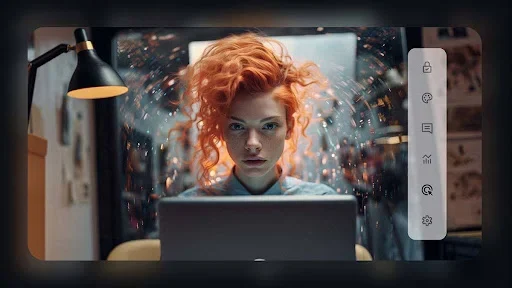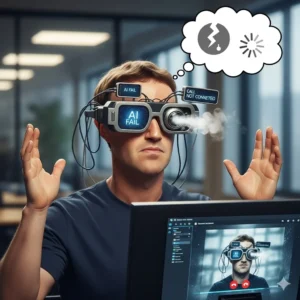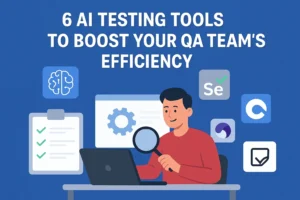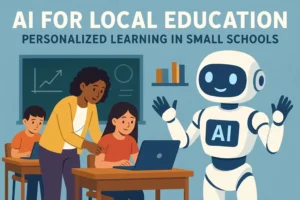AI has transformed many industries, but has most creatively impacted digital content creation, video editing, and photo enhancement. Since producers are looking for faster, fresher, and more personal tools, AI technology offers options that only a few years ago seemed very advanced. AI is helping to make impossible photo and video tasks part of the ordinary workflow.
Top innovations here include image-to-video AI and video-to-video AI, which are shaping new ways to make and present videos. We’ll examine the effects of these technologies on the digital world and the future of making media.
The Rise of AI in Visual Content Creation
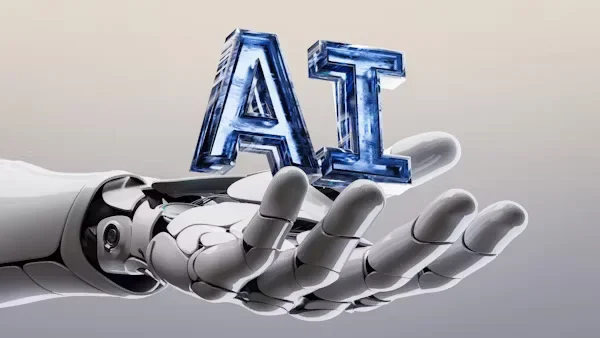
AI is now being used in visual art, opening up many different options for everyone involved. Now, AI can edit a picture or a trailer, work that used to take a great deal of time and expert help. An important innovation is Image to Video AI which helps users change photographs into lively videos with moving imagery and animation.
This solution brings motion to still images by combining image recognition and computer vision, making the difference between photography and videography much less clear. Creators can now adjust expressions on faces, mimic a variety of camera movements, or build completely computer-generated environments from one picture.
Enhancing Efficiency in Video Editing Workflows
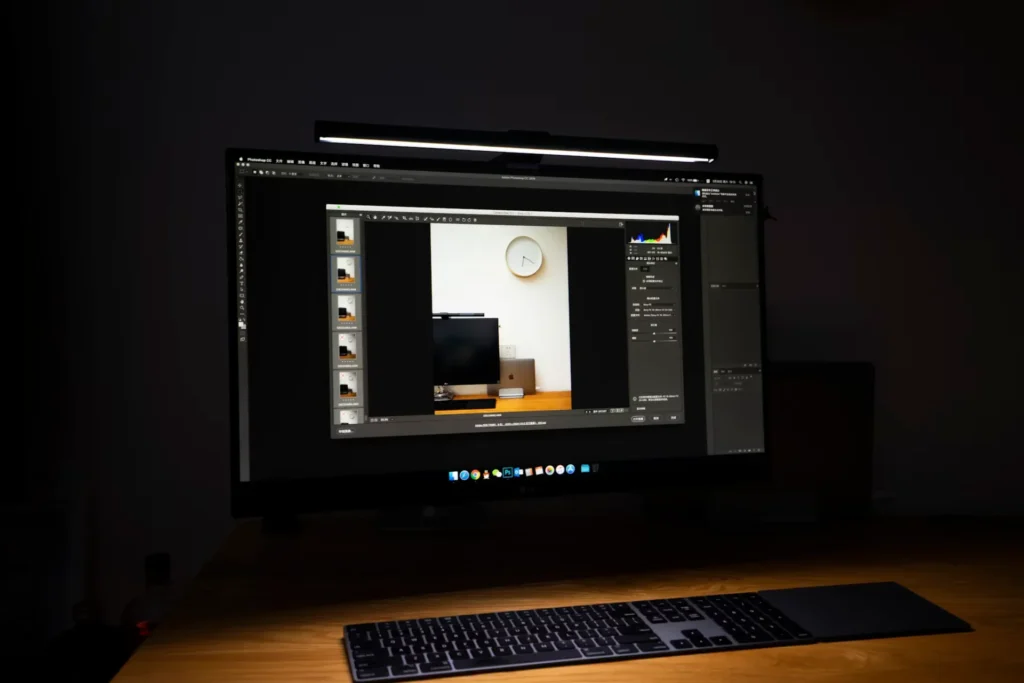
Video editing requires long hours of cutting, synchronizing, coloring, and mixing audio. AI has introduced changes by replacing most of the regular manual tasks in this process. Now, intelligent editing assistants can check footage, suggest the strongest versions, make transcripts and subtitles automatically, and choose mood-matching music based on what they sense in the video.
Moreover, AI helps to break out different parts of a frame into distinct scenes and allows editors to select and change each element as needed. In addition to saving hours, these capabilities allow for more creative use of effects and transitions through only a few clicks.
AI Tools Empowering Photo Editors
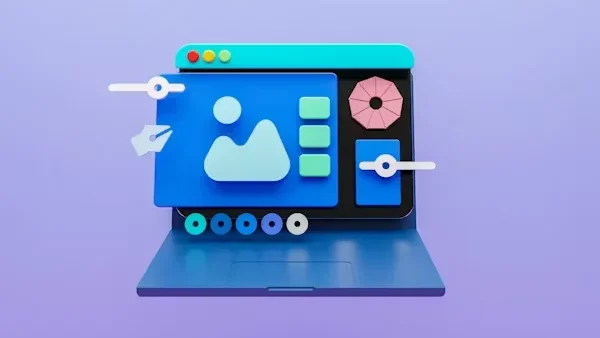
AI also significantly affects photo editing. Traditional editing required experience and extended use of tools such as Adobe Photoshop to achieve a top impact. Now, because of AI, anyone can use these capabilities. With portrait enhancement software, your program can instantly smooth your skin, edit the lighting, and help you look more symmetrical.
You can remove the background, copy and paste objects, and adjust color with just one click. Thanks to deep learning algorithms, creators produce high-quality, natural visuals without expert skills. AI allows everyone to create imagery that stands out by simplifying the process.
From One Video to Another: The Promise of Video to Video AI
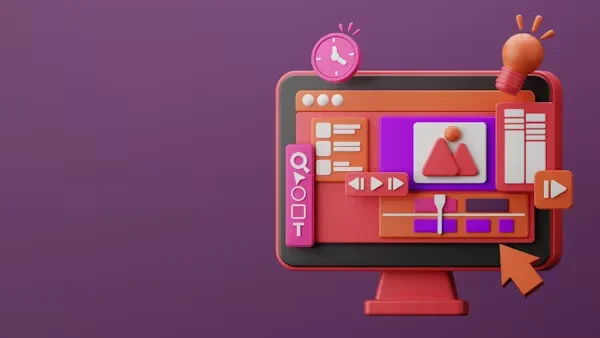
An interesting recent advancement here is video-to-video AI, which allows users to take one video and use AI to make it into a completely different video. While filters and overlays only modify certain aspects, this technology replaces important parts of a scene with something else while still retaining the original motion and shape. A daytime take can be updated for nighttime, and a sketch can be changed into a detailed 3D rendering.
This technology benefits filmmakers, game developers, and content creators who want to fix mistakes quickly. By applying video-to-video AI, filmmakers can create new types of content, cut back on production expenses, and finish projects far quicker.
Personalization and Content Diversity Through AI
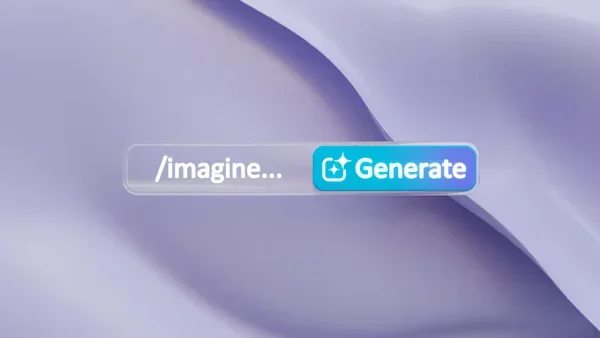
AI can be highly valuable in creating content because it can quickly personalize it. For example, if a company needs to alter training material or marketing videos for specific customers, AI can do that quickly. Thanks to this, organizations can expose their offerings to more people and offer pieces that matter the most to them. Using user preferences, ages, and actions, machine learning algorithms can present appropriate content as it is happening.
As a result, Social media Influencers and digital marketers score a higher engagement rate and achieve better returns. Furthermore, with AI, it’s possible to represent many viewpoints without needing huge production budgets.
Ethical Considerations and the Future of AI-Driven Creativity
Because AI keeps changing, more people are starting to ask ethical questions. Issues such as deepfakes, fake news, and copyright violations are all linked to the powerful tools that allow artists to be more inventive. These concerns highlight the growing importance of addressing the ethics of artificial intelligence in creative industries. All users and developers should collaborate to create clear guidelines that promote innovation while maintaining responsibility. AI must be developed with transparency, consent, and accuracy as the main priorities in digital media.
As we move ahead, the use of AI in content creation seems promising, but control and regulation will be needed. Ongoing progress in AI will add more intuitive, engaging, and intelligent tools to help creators, leading to higher standards for truth and integrity in the industry.
Final Thoughts
There is no longer any question: AI is now a regular part of everyday digital content production. Using both Image to Video AI and Video to Video AI, artificial intelligence brings new excitement to capturing, editing, and presenting images and video. With these programs, you can now edit more efficiently and with greater creativity than before.
As things develop, technology will evolve so that anyone can produce amazing results with only a small amount of effort. How we use technology matters, and it should encourage creativity rather than eliminate it. This is the age of visual media, and AI is behind its success.





